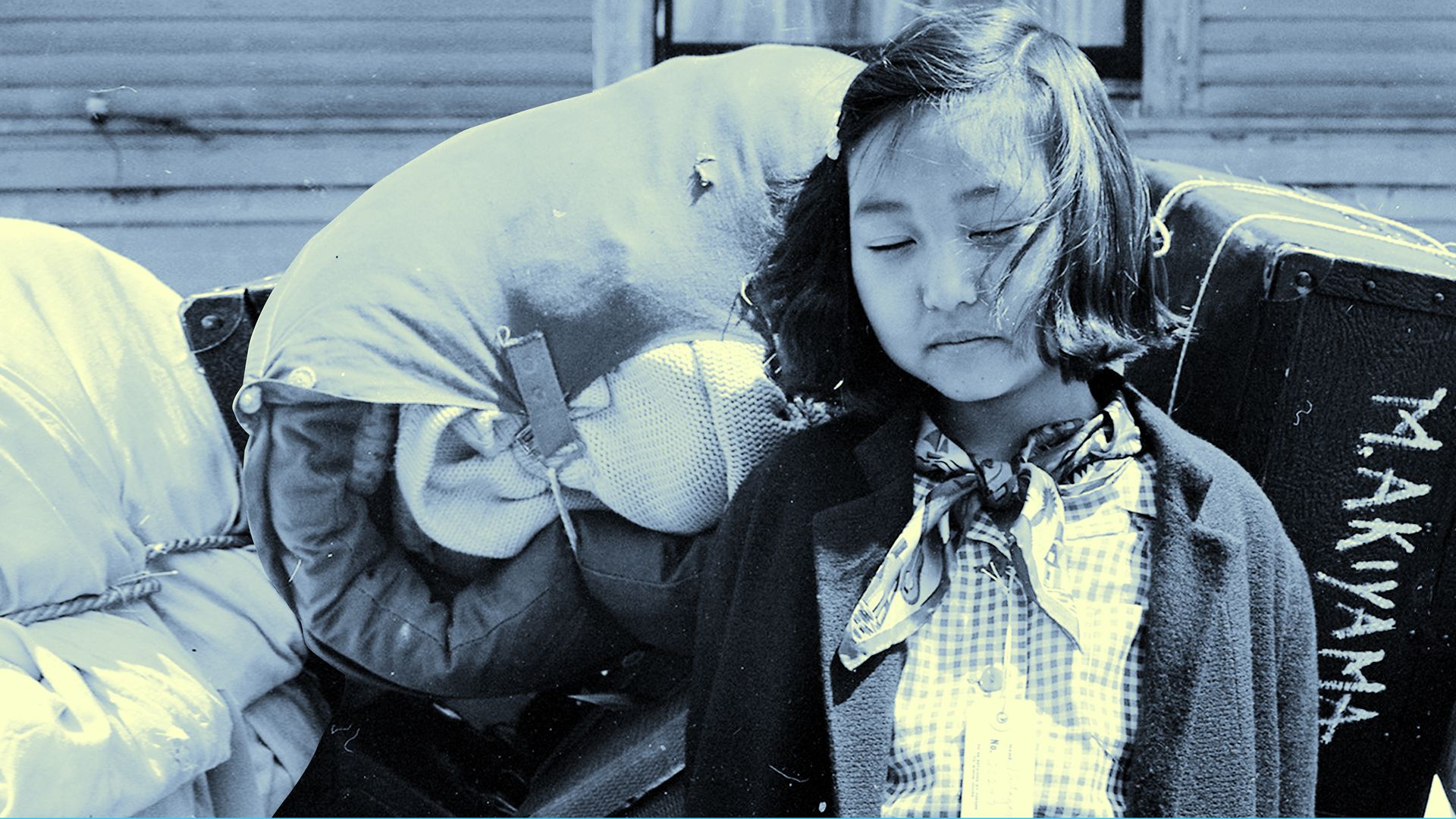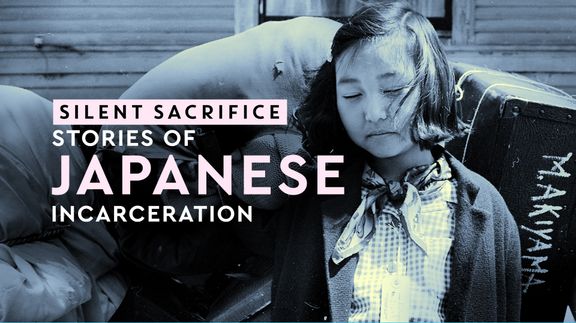

Silent Sacrifice: Stories of Japanese American Incarceration
Learn the stories of Japanese Americans forced into encampments in the United States during World War II. Explore the pain, shame, regret, and healing experienced by the nearly 120,000 Japanese Americans interned for their country. Delve into the historical background of the internment, the impact on American citizens of Japanese descent, and their experiences in assembly centers and incarceration camps.
Learn the stories of Japanese Americans forced into encampments in the United States during World War II. Explore the pain, shame, regret, and healing experienced by the nearly 120,000 Japanese Americans interned for their country. Delve into the historical background of the internment, the impact on American citizens of Japanese descent, and their experiences in assembly centers and incarceration camps.
Related Articles
View AllJust War Theory and the Ethics of Armed Conflict
Humans have waged wars for millennia, but is war ever justifiable? Just war theorists offer principles that explain when war is justified and how war should be conducted.
The Psychology of Propaganda: War Tool Turned Marketing Tactic
“Propaganda” and “war” generally go hand in hand. After World War I, however, propaganda became a marketing tool no longer reserved for posters of the enemy and national spirit.…
What Is Whiteness? How the Idea of a 'White Race' Came to Exist in America
“Whiteness” is a relatively new category, used to describe a race that (some historians argue) doesn’t actually exist. What can it help us understand about America today?